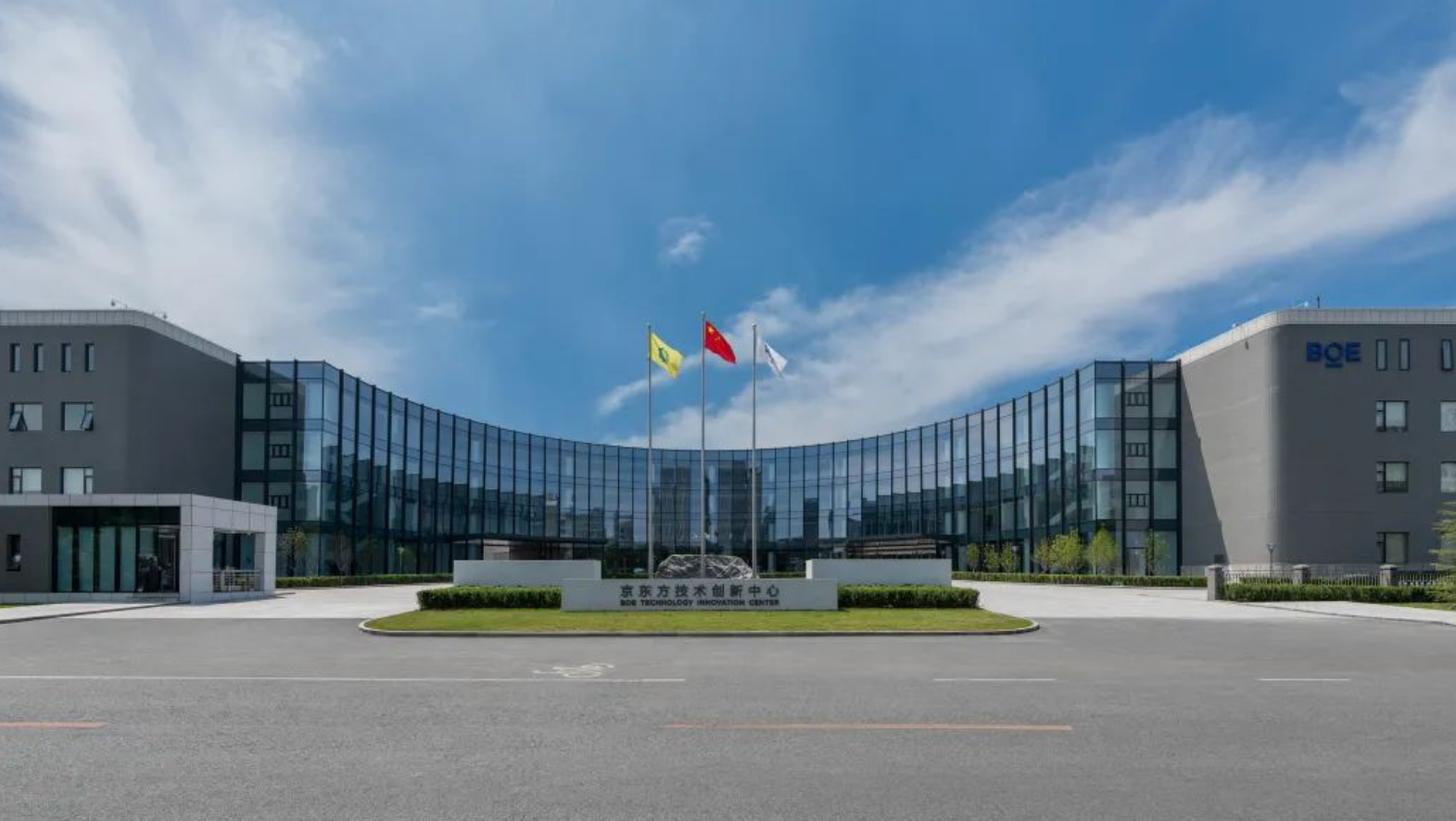The Elec: Chinese display giant BOE reportedly will build a plant in northern Vietnam’s Bac Ninh to supply screens to Apple
The Elec: Chinese display giant BOE reportedly will build a plant in northern Vietnam’s Bac Ninh to supply screens to Apple
By Greg Gao
(JW Insights) Mar 30 — Chinese display panel manufacturer BOE Technology plans to build a display module factory in Bac Ninh, northern Vietnam, reported South Korean media The Elec on March 29.

BOE, a supplier of both Apple and Samsung Electronics, aims to invest $400 million to build two factories in Vietnam, according to reports from Reuters earlier this year.
BOE’s Bac Ninh plant is scheduled to be completed and put into operation in 2025. The plant will supply Apple with small and medium-sized OLED and LCD display products. Samsung Electronics and Samsung Display also have factories in Bac Ninh.
The company’s decision to build the factory in Bac Ninh was at the request of Apple. If BOE creates a display module factory in northern Vietnam, Apple’s panel supplier factory audit will be easier, according to The Elec.
Samsung Display’s small and medium-sized OLED display module factory is also located in Bac Ninh. LG Display’s display module factory is located in Hai Phong, northeastern Vietnam.
However, BOE’s iPhone OLED post-processing is currently being carried out at its B11 line in Mianyang, southwestern China’s Sichuan Province. For this reason, Apple has to visit both Vietnam and China to verify the same iPhone OLED post-processing module line. But if BOE establishes a factory in Bac Ninh, this effort can be reduced, said The Elec.
BOE Technology plans to rent approximately 100 hectares in an industrial park in northern Vietnam. The company will develop a 20-hectare remote control equipment production factory worth $150 million. It has another 50-hectare display production factory in the area with a total investment capital of $250 million.
The remaining 30 hectares area will be set aside for its vendors. BOE will focus on producing sophisticated organic light-emitting diode (OLED) screens at the site rather than liquid crystal displays, according to media reports.






